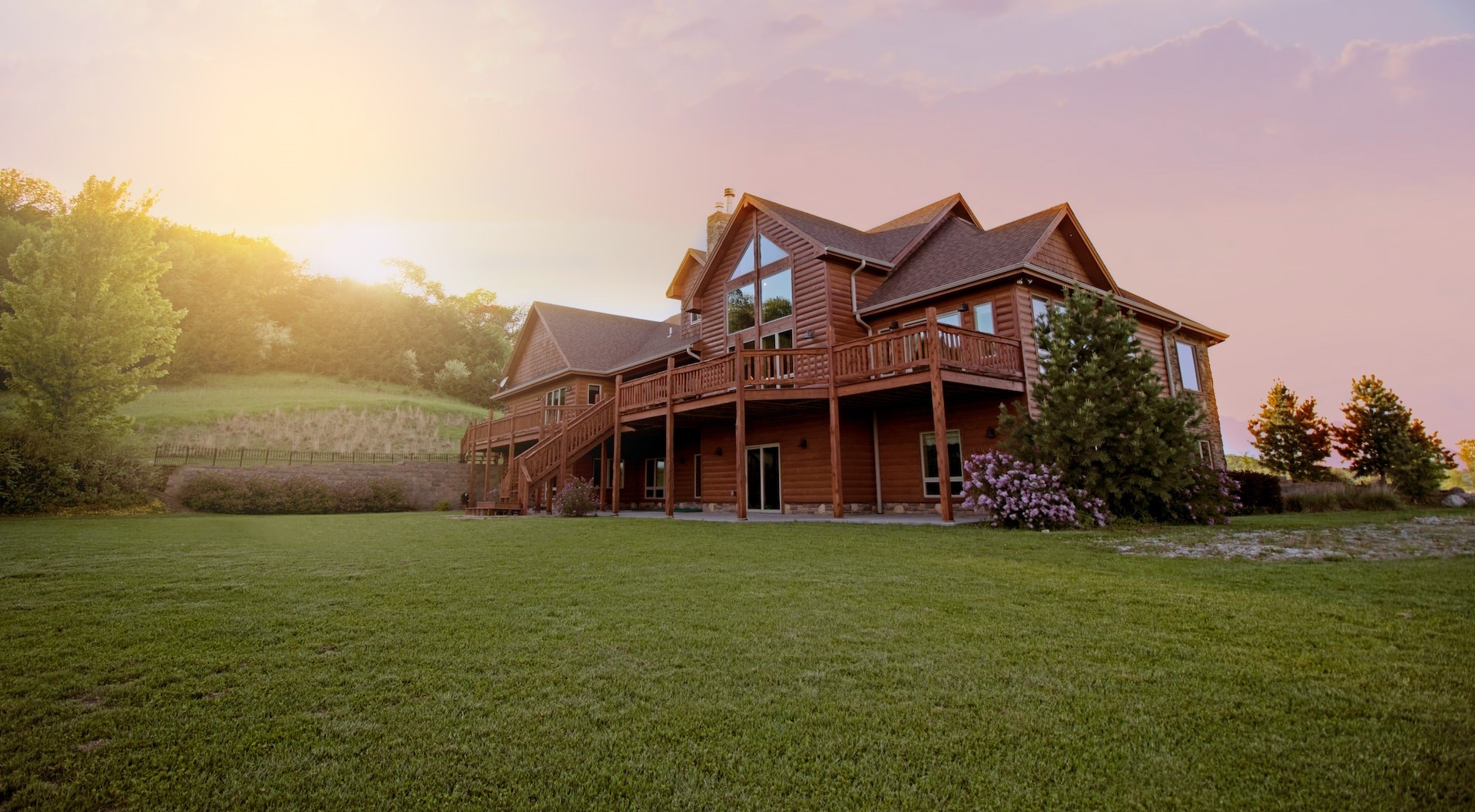Building a custom home is a dream for many, but understanding what drives the final price is essential before breaking ground. Costs are shaped by numerous factors, including the land you choose, the design decisions you make, the materials selected, and even the hidden expenses tied to permits and financing. By taking a closer look at these elements, you can prepare a realistic budget and make choices that balance personal vision with long-term value.
The Land of Opportunity: How Location Shapes Your Home’s Price
Location is one of the most significant factors in determining the cost of building a custom home. The familiar saying “location, location, location” rings true, as everything from nearby amenities and property values to the natural environment affects both the upfront price and long-term financial return. The site you choose impacts the price of the land, construction expenses, insurance premiums, and even potential appreciation.
Choosing the Right Neighborhood: More Than Just a Zip Code
When evaluating neighborhoods, it helps to look beyond surface appeal. School districts can influence property values and attract family buyers, while communities with strong engagement often offer long-term value. In contrast, newer developments may lack established infrastructure, which can reduce immediate desirability even if the area appears promising.
Topography and Climate: Unexpected Players in the Cost Game
The physical landscape also has a major effect on costs. Building on a slope requires stronger foundations and additional reinforcements, which adds to expenses. Areas prone to harsh weather—such as heavy snowfall, flooding, or high winds—demand specialized designs and durable materials to ensure safety and sustainability. Climate also plays a role in long-term energy costs, since heating and cooling requirements vary widely by region.
Proximity to Schools, Parks, and Shopping: The Hidden Value
Location relative to schools, shopping, and green spaces can raise the value of your home. Families often seek homes near high-performing schools, while access to parks and recreation appeals to buyers looking for quality of life. Convenient shopping and dining options add practicality, increasing overall livability and resale potential.
Design Decisions: How Your Vision Translates to Dollars
Your design choices heavily influence the final price of a custom home. From architectural style to individual features, every decision impacts both aesthetics and cost. Balancing ambition with realistic budget considerations is key to ensuring a smooth process and a satisfying outcome.
For many homeowners, this is where the cost of building a custom home becomes most apparent. Complex rooflines, high-end finishes, or extensive personalization can quickly raise expenses, while simpler designs often keep budgets in check without sacrificing comfort or appeal.
Architectural Styles That Break the Bank
Some architectural styles are inherently more expensive than others. Complex rooflines, unique facades, or intricate siding require additional materials and labor. While these features can look impressive, simplicity often translates into cost savings without sacrificing beauty.
Personalization vs. Practicality
Custom touches can make a home uniquely yours, but not all personalization aligns with practicality or budget. For example, a striking kitchen island crafted from specialty materials may elevate the space but could significantly raise both construction and maintenance costs. Collaborating with your architect and builder helps ensure your vision complements the home’s value without straining the budget.
Trends vs. Timelessness
Trendy features can make a home feel modern but may quickly date the property. Investing in timeless choices such as durable flooring, classic cabinetry, and traditional molding ensures long-term appeal. A thoughtful blend of current trends and enduring design elements creates flexibility while protecting future resale value.
Materials Matter: Balancing Aesthetics and Budget
Luxury Versus Budget
Premium finishes such as marble countertops, hardwood floors, or custom cabinetry bring sophistication but can dramatically increase costs. It often makes sense to focus high-end finishes in areas where they will have the most impact, such as kitchens or bathrooms, while choosing more affordable options elsewhere.
Sustainable Building Materials
Eco-friendly options like bamboo flooring, recycled metal roofing, or solar panels may come with higher upfront costs but can save money over time through energy efficiency and reduced maintenance. Sustainable materials also appeal to environmentally conscious buyers, potentially increasing future resale value.
Choosing Local vs. Imported
Sourcing locally can reduce shipping costs, shorten wait times, and support regional economies. Imported materials, while sometimes necessary for a specific look, often come with higher costs and longer lead times. Local options typically provide a more sustainable footprint as well.
The Invisible Costs: Navigating Permits, Fees, and More
Understanding Building Codes
Every region has codes that outline structural and safety standards. Failing to comply can result in fines or expensive rework. Some neighborhoods also enforce zoning laws or design restrictions that add to expenses. Working with professionals familiar with local codes ensures compliance and helps avoid costly delays.
The Myth of DIY
While DIY projects can reduce labor costs, certain aspects of home building such as structural changes or electrical work should be handled by licensed contractors. Mistakes in these areas can compromise safety and lead to expensive repairs down the road. Knowing when to hire professionals is essential for protecting both your investment and your family.
Financing Options
How you finance your custom home has a direct effect on overall costs. Options include traditional mortgages, construction loans, or alternative financing like peer-to-peer lending. Each comes with different terms, interest rates, and levels of flexibility. Consulting financial advisors who specialize in construction projects can help you choose the best fit and prepare for unexpected expenses.
Final Thoughts
Building a custom home involves more than choosing a floor plan. Location, design, materials, hidden costs, and financing all play a role in shaping the final price. By carefully weighing each of these factors and working with trusted professionals, you can create a home that reflects your vision while staying aligned with your budget.

